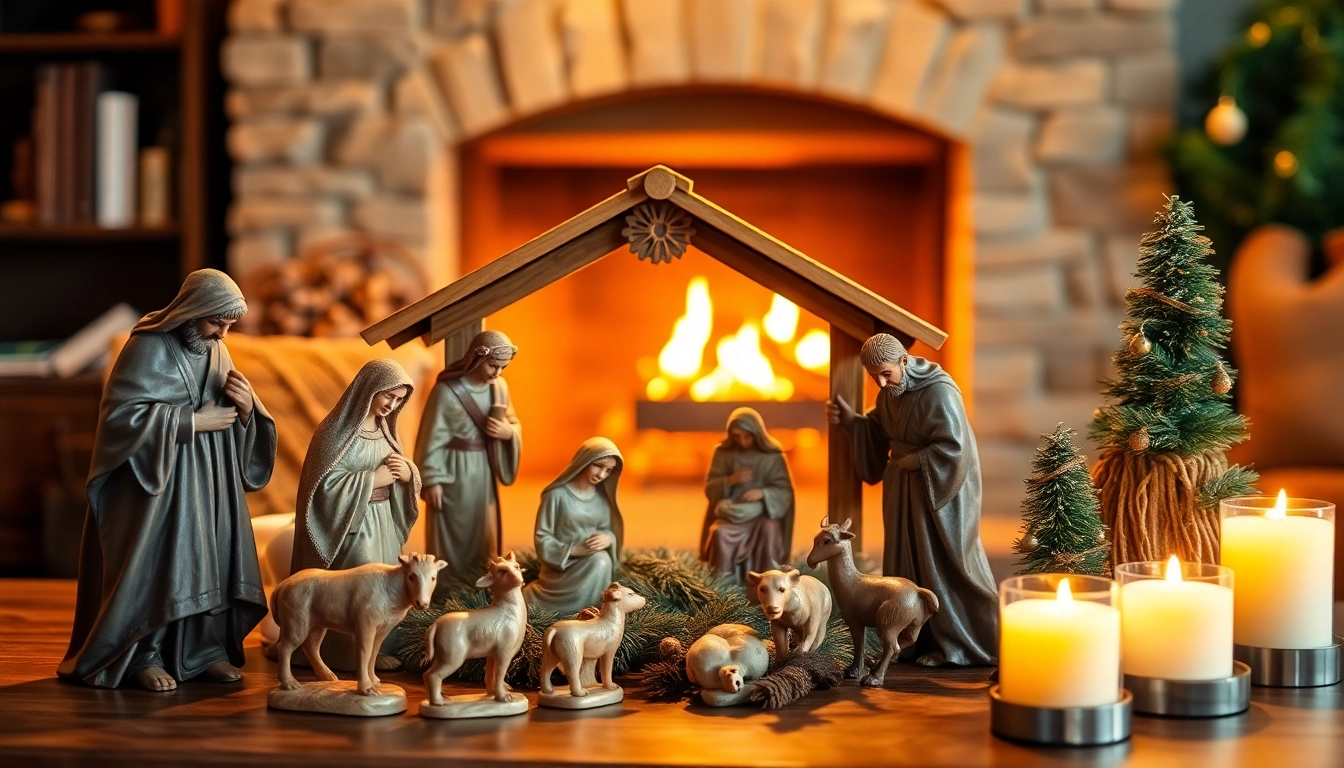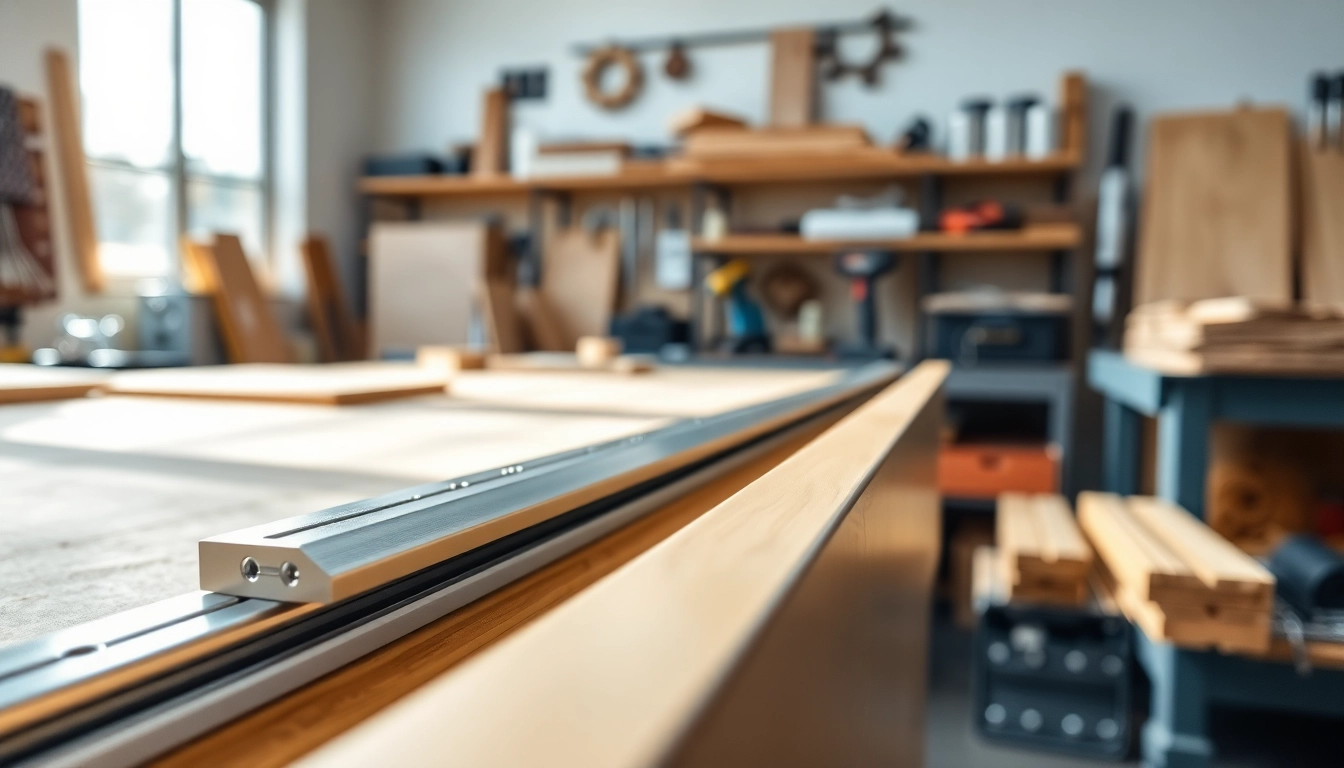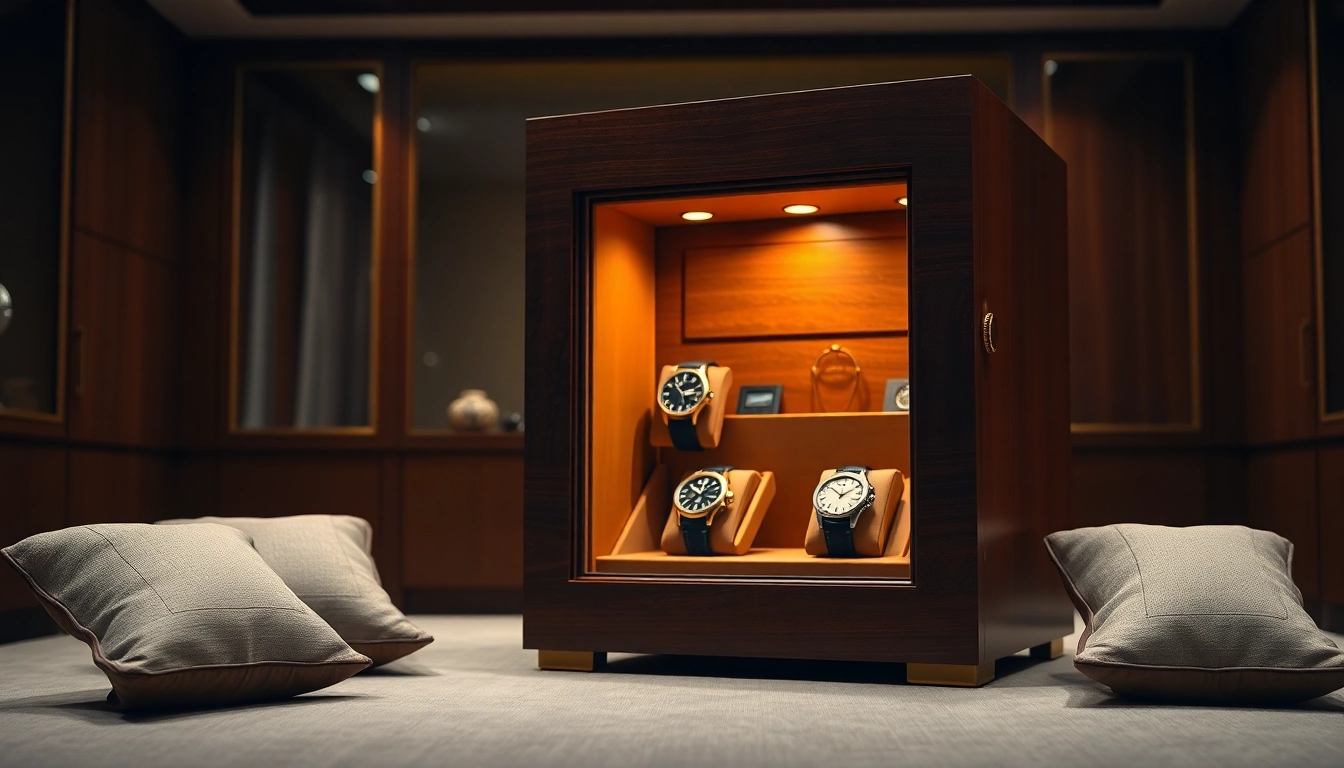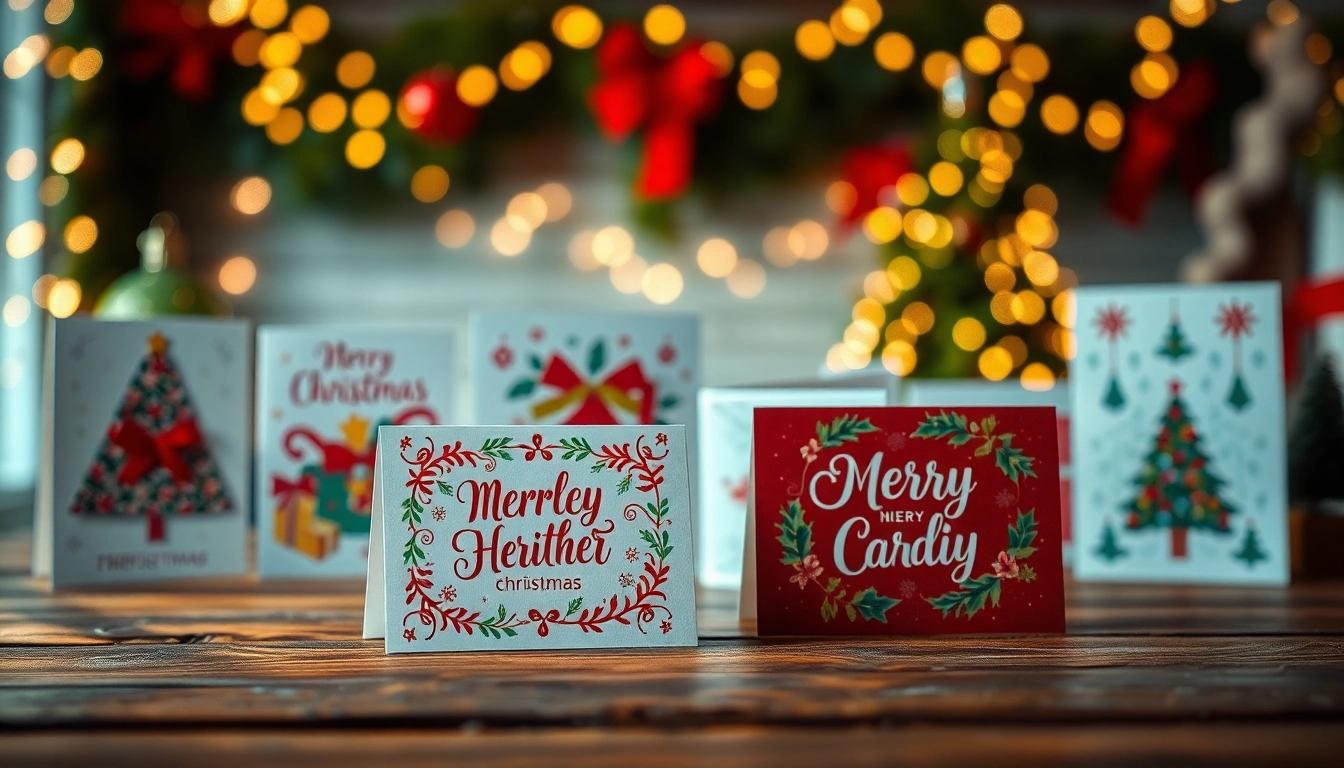Understanding the Significance of Nativity Sets
As the holiday season approaches, many families begin to prepare for annual traditions, one of which is the cherished display of nativity sets. These enchanting scenes depict the birth of Jesus Christ and serve as a focal point for holiday decor and reflections on faith, family, and community. The significance of nativity sets extends beyond mere decoration; they embody a rich history and cultural relevance that connects generations.
The Historical Context of Nativity Sets
The origins of nativity sets trace back to the 13th century when St. Francis of Assisi created the first live nativity scene in an effort to promote the birth of Jesus as a tangible experience. Over time, this practice evolved into the production of miniature models, known as nativity sets, which featured not just the Holy Family but a variety of figures representing shepherds, angels, and animals. The craftsmanship and materials varied widely from region to region, with different cultures adding their unique flares through distinct artistic styles and sizes.
The Cultural Importance of Nativity Displays
In various cultures, nativity sets hold a significant place during celebrations. In many Latin American countries, for example, the assembly of a nativity scene can be considered an art form, with families spending weeks—sometimes years—amassing figures to create detailed and ornate displays. These cultural variations not only reflect local customs and styles but also showcase the communal aspect of setting up nativity scenes, often leading to family gatherings centered around this cherished tradition.
Common Themes in Nativity Set Designs
While nativity sets can differ widely in design, several common themes emerge. Firstly, the portrayal of the Holy Family—Mary, Joseph, and Baby Jesus—remains central in all renditions. Other figures, like the Magi, sheep, and angels, often encapsulate the scene’s diversity while reinforcing themes of peace, goodwill, and the joy of the Christmas season. The use of various materials—wood, porcelain, and fabric—also illustrates the artistic creativity of the makers, ranging from simple handmade pieces to intricate, collectible items.
Choosing the Right Nativity Set for Your Home
Selecting the perfect nativity set involves understanding personal preferences, space considerations, and the display’s intended purpose. Whether one desires a traditional depiction or a modern interpretation, the choice should resonate with the family’s values and aesthetic sensibilities.
Criteria for Selecting Quality Nativity Sets
When choosing a nativity set, consider the following criteria:
- Material Quality: Opt for durable materials like wood or resin, which can withstand seasonal setups.
- Artistic Detail: Intricately designed figures can enhance the visual impact of the nativity scene.
- Size: Consider the space available for display; larger sets may require ample room while smaller ones can fit comfortably on mantels or side tables.
- Authenticity: If rooted in tradition, look for sets that authentically represent historical or cultural attributes.
Different Styles: Traditional vs. Modern Nativity Sets
Nativity sets come in an array of styles, with traditional designs often crafted in a classic manner using natural materials and focusing on realism. Modern nativity sets may interpret the scene through minimalistic or abstract art, incorporating contemporary aesthetics and colors. Considerations for style should also reflect your overall holiday decor.
Incorporating Nativity Sets into Your Holiday Decor
Nativity sets can be incorporated into holiday decor in various ways:
- Table Centerpieces: Place smaller nativity sets as centerpieces on dining tables.
- Display Shelves: Create dedicated shelves for your nativity scene to keep other decorations separate.
- Outdoor Displays: Larger nativity sets can often be displayed outdoors, creating a public reminder of the holiday’s true meaning.
Care and Preservation of Nativity Sets
Proper care and preservation of nativity sets ensure their longevity and maintain their beauty through the years. Each type of material may warrant specific care techniques, which are essential for collectors and those aiming to pass down their sets to future generations.
Cleaning Techniques for Nativity Figures
For cleaning, gently dust the figures with a soft cloth. For deeper cleaning, specific materials may require different methods:
- Wood: Use a dry or slightly damp cloth; avoid soaking.
- Porcelain: Can be washed with mild soap and water, then dried thoroughly.
- Resin: Clean with a damp cloth and allow to air dry to prevent moisture from invalidating the paintwork.
Proper Storage Methods for Longevity
When the holiday season concludes, proper storage is key. Consider using:
- Original Packaging: If available, retain boxes to protect figures from dust and damage.
- Soft Wraps: Layers of soft fabric can shield ceramics or delicate pieces.
- Climate-Controlled Areas: Store artifacts in cool and dry settings to prevent warping or mold.
Repairing Damaged Nativity Set Elements
Over time, wear may take a toll on nativity sets. Address repairing issues promptly to maintain aesthetics and value:
- Cracks in Porcelain: Use epoxy glue for inconspicuous repairs.
- Lost Pieces: Inquire about replacement parts from manufacturers, or consider custom-made pieces.
- Refinishing Wood: Light scratches can often be remedied with wood stain pens for a seamless look.
Creative Ways to Display Nativity Sets
A nativity set can be an expression of creativity through unique displays that draw attention and inspire interaction. Here are some innovative ideas for showcasing nativity sets.
Setting Up Outdoor Nativity Scenes
Outdoor nativity scenes not only spread holiday cheer but can also engage the community. Use weather-resistant materials and consider arrangements that make the scene visible from various angles, enhancing appreciation from onlookers.
Making Nativity Set Displays Interactive for Kids
Encouraging children to engage with nativity scenes fosters understanding and appreciation of the holiday’s significance. Some ideas include:
- Storytime Sessions: Create an event where kids can gather around the nativity to hear the Christmas story.
- DIY Nativity Figures: Provide craft supplies for children to create their own representations of nativity figures.
- Scavenger Hunts: Use nativity scenes as the basis for holiday-themed scavenger hunts within your home or community.
Lighting Techniques to Enhance Your Nativity Set
Effective lighting can significantly enhance the beauty of nativity displays. Consider these techniques:
- Spotlights: Utilize small, directed lights to highlight specific figures.
- Backlighting: Soft, diffused lighting behind the nativity scene can create a soothing ambiance and draw attention.
- Colored Lights: Strategically placed colored lights can add vibrancy and festivity.
Exploring Unique Nativity Set Collections
For collectors and enthusiasts alike, exploring unique nativity set collections can be an exciting journey. From artisan creations to vintage finds, the world of nativity sets is vast and diverse.
Artisan Creates and Their Signature Styles
Many artisans specialize in creating unique nativity sets that embody cultural heritage and personal artistry. From hand-carved wooden pieces to intricately painted ceramics, these sets often reflect the artist’s background and offer a distinct take on traditional nativity scenes.
Collectible Nativity Sets as Meaningful Gifts
Nativity sets possess sentimental value, making them excellent gifts for many occasions, including weddings, anniversaries, and holidays. Collectors often appreciate receiving limited edition or themed sets that can enrich their displays over the years.
Finding Unique Nativity Sets for Every Budget
Whether you’re drawn to a lavish, handcrafted piece or a more budget-friendly option, there is a nativity set available at every price point. Many stores—both physical and online—offer seasonal discounts and sales that can help individuals find the perfect set without breaking the bank.



